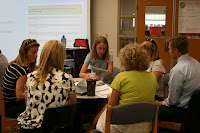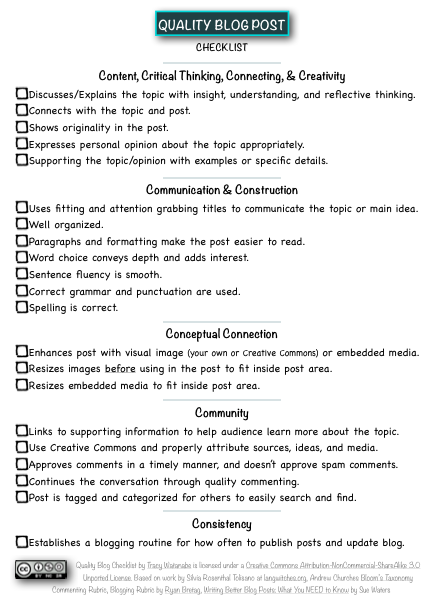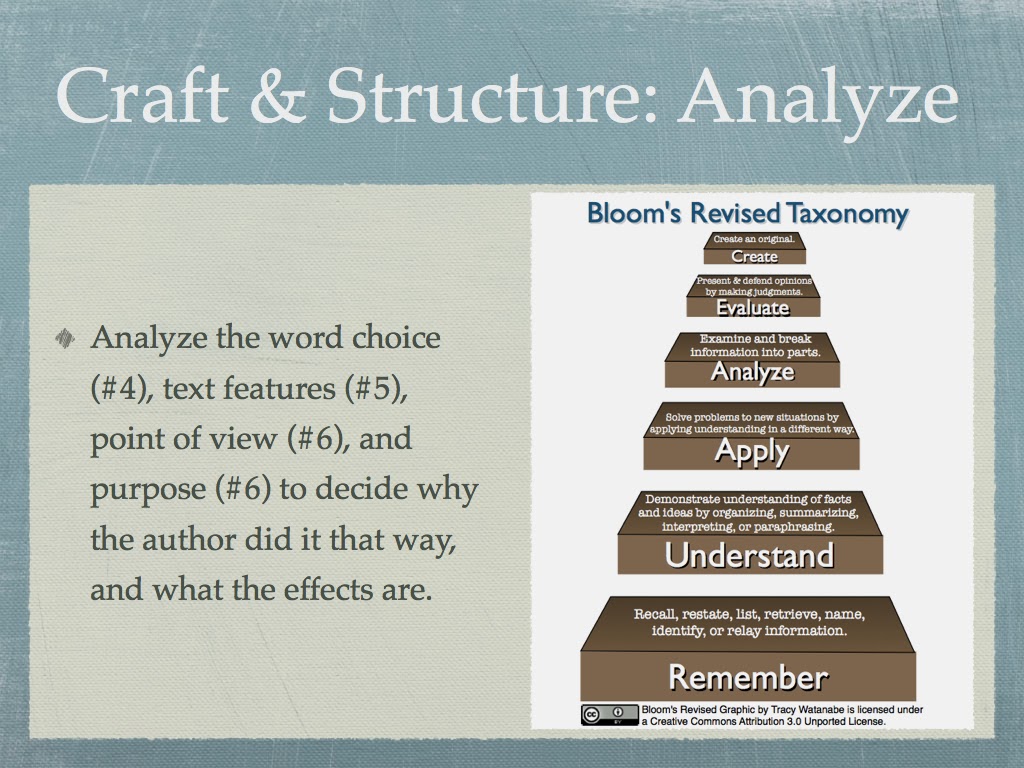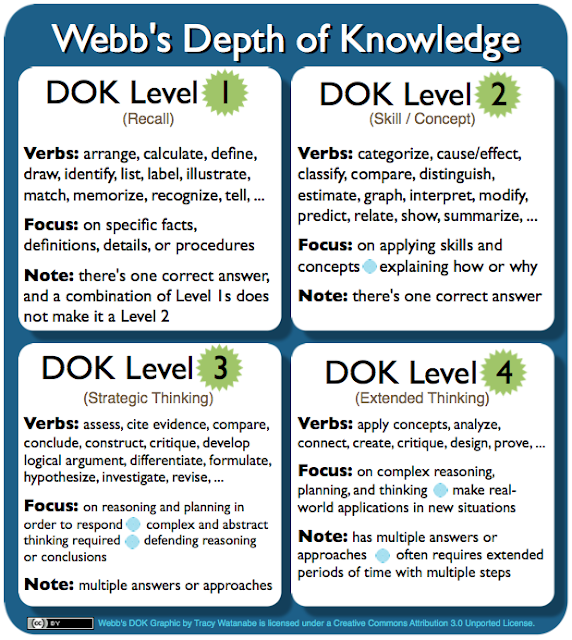Collaboration Coaching
What is a Collaboration Coach?
Our Collaboration Coaching is based on the Microsoft Peer Coach Training developed the Peer-Ed Team. We've adapted it to fit our district's needs.
Coaches receive training and support that includes methods of coaching, fostering collaboration, and action planning for successful coaching.
Project emphasis infuses technology to create and promote:
- differentiated instruction through a variety of strategies based on student needs;
- engaging learning activities that focus on AJUSD’s College Readiness Plan and personalization of learning;
- collaboration in the classroom and global community;
- higher level learning, PBL, and lessons that address the Common Core;
- deliberate collaborations that deepen understanding about student work, data analysis and achievement; and
- increase the use of technology best practices in the development of engaging instructional practices.

How we got started on Collaboration Coaching
 |
| Collaboration Coach Training 3/12 |
Unfortunately, due to decreased enrollment we were faced with some huge financial decisions which resulted in the closing of two of our schools. Despite these closures, our district felt it was important to continue to transition us to a one-to-one environment in the 7th grade that first year because we believed it would be the best way to prepare our students for college and career readiness.
 |
| Collaboration Coach Training 6/12 |
The role of our Collaboration Coaches
Once the go-ahead was given to start Collaboration Coaching, we looked for other teacher who had the leadership qualities we were looking for. During the first two years, it was through invitation only to become a collaboration coach. This is the third year, and we opened it to application and had so many applicants that we had to limit how many we could take.
 |
| Collaboration Coach Training 6/12 |
How Collaboration Coaching has evolved in our district
During the first year, the most noticeable impact was at Cactus Canyon Junior High since we had the majority of our coaches on that campus to help with the transition to one-to-one. There was a noticeable difference in becoming a learning culture by the end of their first year together as a staff.
While in the first year of one-to-one and Collaboration Coaching, the focus was on the pedagogy and the tools that would best support that in their own curricular area; now I'm seeing that expanded cross-curricularly.
For example, Patty Carpenter, 8th grade Language-Arts teacher, created a blog with Sheryl Anderson, the Social Studies teacher next door. This blog was about World War II content, but Mrs. Carpenter used it to also teacher her content standards about writing, grammar, and informational text, while also explicitly teaching about digital citizenship.
During the second year of Collaboration Coaching, there was a similar cultural shift that started to occur at our high school. The following teacher reflection is a cross-curricular STEM project between Sandy Rollefstad's and Sarah Harrison's classes. It's a great example of the culture change and increased rigor with digital age instructional strategy in their reflection.
At the elementary schools, there were similar culture shifts in the learning taking place in the classroom. Here's a fabulous example of the culture change in this student reflection from students in Shauna Hamman's 5th grade class:
How Collaboration Coaching will evolve in this upcoming school year
With this being the third year of implementation, we are adapting it to fit our needs of bringing in Common Core at the same time. With our Race to the Top funding, we have four Common Core Coaches, who will also tap into our Collaboration Coaches.
Here's the presentation I created for launching the third year kick-off of Collaboration Coaching:
Concluding thoughts
Three years ago, if PBL was mentioned, it was an uncomfortable conversation because it was such a huge leap from what was common practice at the time. In contrast, I recently heard every campus discuss how PBL was one way to address the changes with Common Core, and a way to go deeper with learning.
Furthermore, the principals were confident about how to support their staffs with Common Core, PBL, and deeper learning. I am excited because I see all of us supporting one another, and I can't wait to see the impact in the classrooms!
It's a learning process. We have a lot of work ahead of us to improve, while celebrating the huge progress we've made.
- How has coaching impacted your classroom/district?
- If your school doesn't have coaching, what benefits do you believe it could have on learning?
- What questions do you still have about Collaboration Coaching?
- How has this post connected with you?




Tracy,
ReplyDeleteIt seems your district is paving the way for others to follow. You have outlined the process via your blog which will be a great resource for those that might want to shift the way education looks in their school.
I think it is a testament to the project that so many teachers applied to be coaches - it speaks to the level of involvement and community. These teachers see the value in 21st century learning and want to assist their colleagues.
When the administration is on board by approving quality training and the staff is invested then these projects are sure to be a success.
Tracy, the Apache Junction District is lucky to have you. You are such a caring, inspiring and dedicated educator. You have made this program a success because of your knowledge and passion.
Thanks for sharing.
Hi Nancy,
DeleteThanks so much! You are so kind!
You are so right about having district leaders embracing the vision for creating a successful district by focusing on the learners and building teacher capacity and sustainability. I am very fortunate to have a fabulous administrative team in my district.
I was reading this post today by Eric Sheninger, and I absolutely loved what he had to share about school leadership, especially his quote, "Change begins with a no-excuse mentality." If we want a culture change, then we need to lead the way.
Thanks you, Nancy, once again for your support and for taking the time to share! I appreciate you!
Kind regards,
Tracy
Thanks Tracy for the Link to Eric Sheninger's post. It was a great article and made me think of my principal who is leaving to go to another district. Hoping our new principal will have a similar vision and goal towards student learning and engagement. It's so important for the administration to trust and respect their staff. We know it does take time to build that trust/respect but once there, wonderful things can happen.
ReplyDeleteThanks for sharing.
Nancy